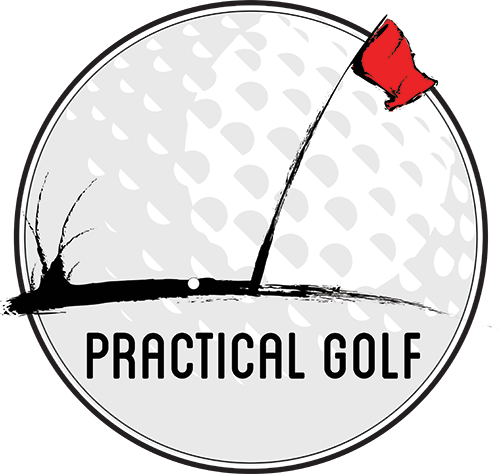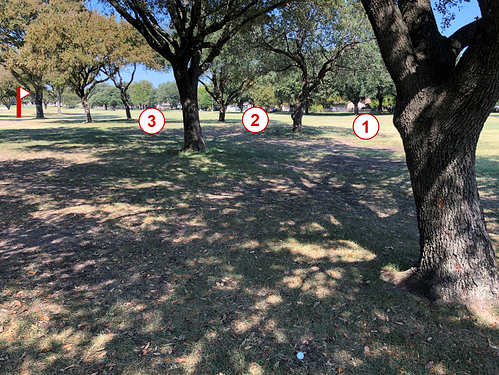If we’re laying up, are we trying to lay up short of both bunkers on the right? Or are we indifferent to missing right into bunker, or rough between them, so long as we don’t go OB?
Using Pythagorean and the screen capture, I get 162 in the middle of the fairway if we are just past the second bunker. So we’re debating between 1W to go 270 or so, and give us 150-160 in, but bring OB into play. Or going down to 3i, going 200-210(?), leaving us 210-230, but taking out OB? Just want to make sure I’m asking the right questions.
If that’s the decision, and 1W dispersion is at or better than 75 yds at that distance, with the population following a ‘normal’ dispersion, and a constant type of ball flight (i.e., if drawing, we put the aim point on the far right of the FW): Then given how protected and shallow the hole looks, I’m still keeping the 1W.
I personally would have a hard time holding that green with the 5W/3H, that I’m guessing OP would need to get home from 210-230, and the total strokes added would be more with that approach than the ~8-10% or so of drives I’d expect to go OB.
I’m guessing OP has gotten bitten by the OB more often than purely looking at dispersion calcs would indicate though, hence the post.



